

0


0
More
By Saswati Borthakur
26 November, 2017

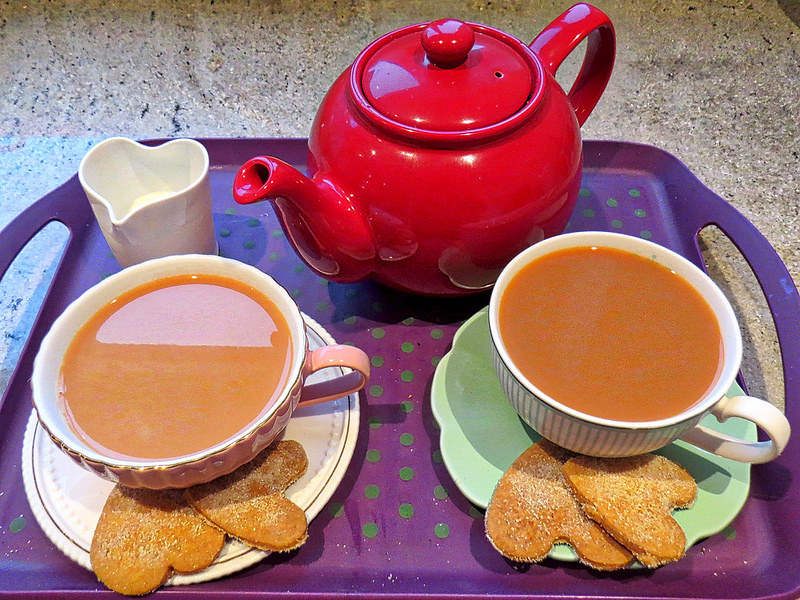 Most Indian mornings are incomplete without our cuppa
For most of us Indians, our morning ritual is incomplete without the mandatory cup of 'Chai'. Some like it milky and some like it black. It is deeply ingrained in our collective conscience and social interactions. It is considered rude not to offer our guests a cup of tea. We bond with our friends over some 'cutting chai'. So, it is but natural to know where our favourite beverage comes from. And, Assam is where the 'Tea Saga' unfolds.
Most Indian mornings are incomplete without our cuppa
For most of us Indians, our morning ritual is incomplete without the mandatory cup of 'Chai'. Some like it milky and some like it black. It is deeply ingrained in our collective conscience and social interactions. It is considered rude not to offer our guests a cup of tea. We bond with our friends over some 'cutting chai'. So, it is but natural to know where our favourite beverage comes from. And, Assam is where the 'Tea Saga' unfolds.
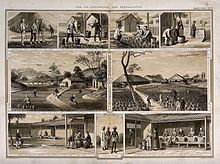 Depiction of tea cultivation in Assam
The credit for introducing the cultivation of this shrub is often given to the Scotsman Robert Bruce, who noticed the plant growing in the wild. Assam Tea was the first company that was formed in 1839. Over the years, Assam has emerged as the world's largest tea-growing region. Assam Tea is known for its full-bodied flavour and malty taste.
Depiction of tea cultivation in Assam
The credit for introducing the cultivation of this shrub is often given to the Scotsman Robert Bruce, who noticed the plant growing in the wild. Assam Tea was the first company that was formed in 1839. Over the years, Assam has emerged as the world's largest tea-growing region. Assam Tea is known for its full-bodied flavour and malty taste.
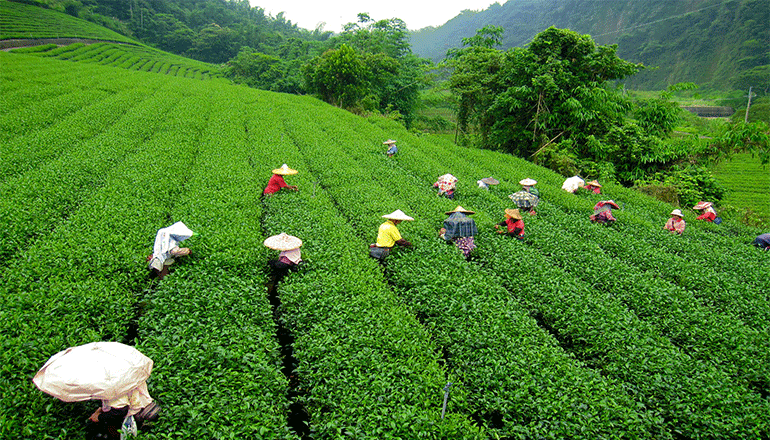 The lush green plantations paint a picturesque view
The lush green plantations paint a picturesque view
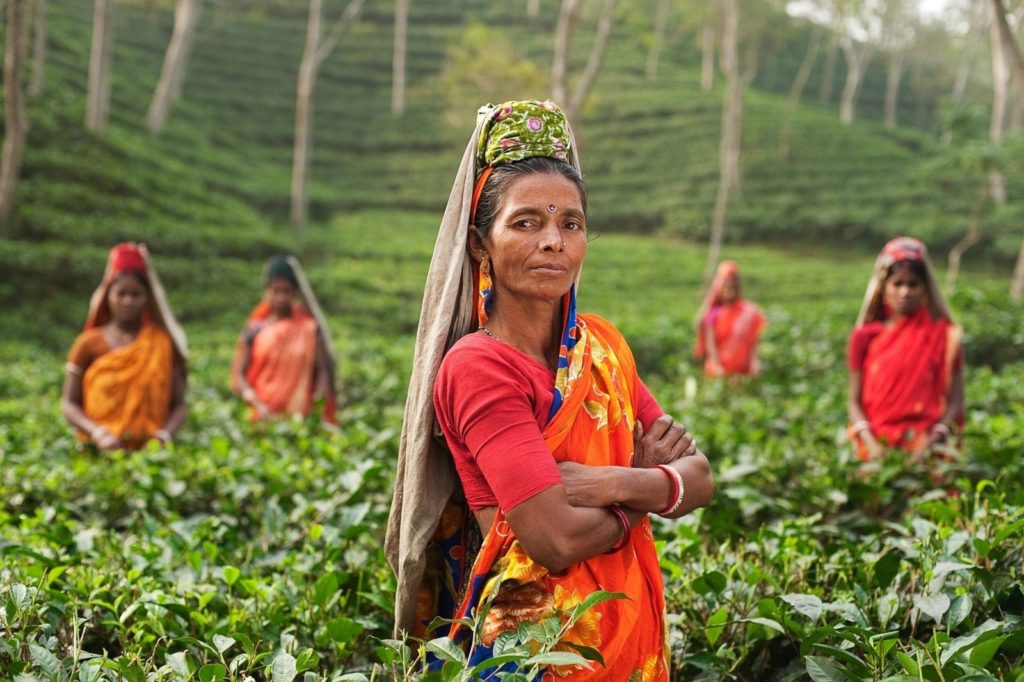 The miracle-workers
Once the tea gardens were established owing to the conducive climate, the British Colonial rulers scoured for workers to do the hard work. Workers were brought in from Bihar, Andhra Pradesh, West Bengal and Odisha to work in the gardens. Over the generations, these workers created their own identity with their unique language which is an amalgamation of the languages spoken in their native lands with a generous sprinkling of Assamese. Nagpuri or Sadri is the predominant language. They have distinctive rituals which can be traced back to their ancestors.
The miracle-workers
Once the tea gardens were established owing to the conducive climate, the British Colonial rulers scoured for workers to do the hard work. Workers were brought in from Bihar, Andhra Pradesh, West Bengal and Odisha to work in the gardens. Over the generations, these workers created their own identity with their unique language which is an amalgamation of the languages spoken in their native lands with a generous sprinkling of Assamese. Nagpuri or Sadri is the predominant language. They have distinctive rituals which can be traced back to their ancestors.
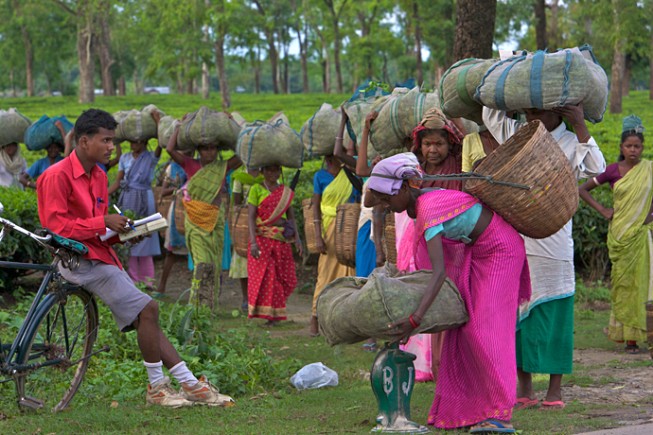 The workers came from different parts of India and settled here image courtesy: www.caravanmagazine.in
The workers came from different parts of India and settled here image courtesy: www.caravanmagazine.in
 Workers indulging in some merriment
Owing to their hard lives, these workers know how to have a good time. Festivals are celebrated with great gusto. Almost every major Hindu festival, apart from Christmas and Good Friday, is celebrated by them.
Workers indulging in some merriment
Owing to their hard lives, these workers know how to have a good time. Festivals are celebrated with great gusto. Almost every major Hindu festival, apart from Christmas and Good Friday, is celebrated by them.
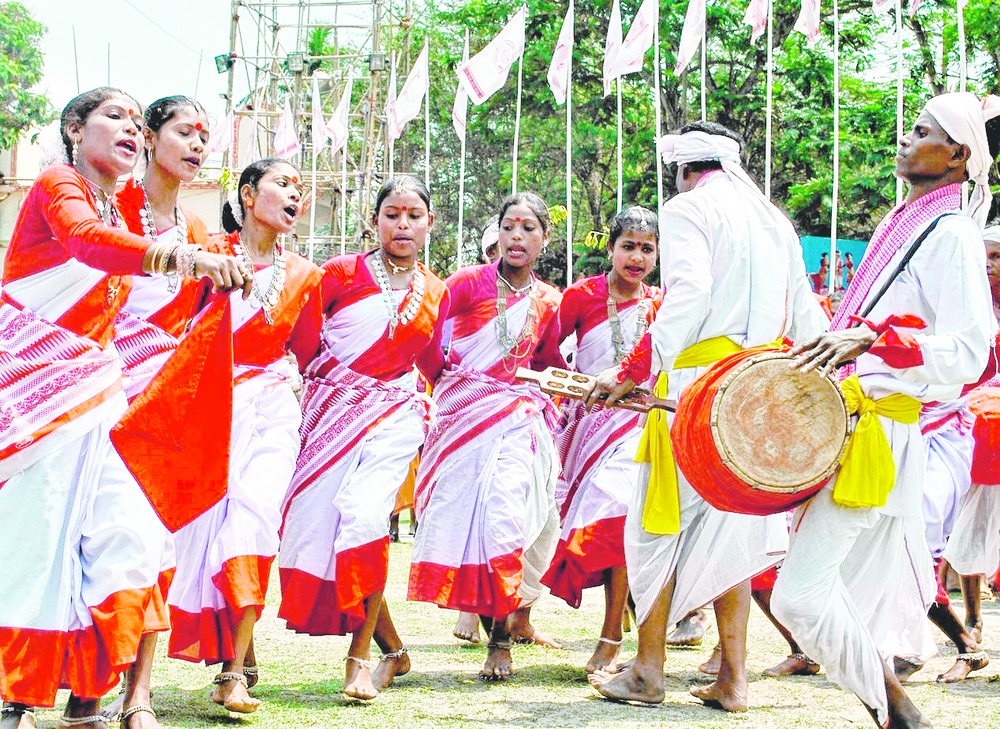 The Jhumur Dance
The music and dance of this hardworking class also act as a stress reliever. After a hard day at work, the community gets together to sing songs about their native lands, of love, life, the harvest and the seasons. 'Jhumur' is their famous dance form. It is a version of the tribal dances performed in the tribal parts of Jharkhand, Chattisgarh and West Bengal. Apart from Jhumur, other dance forms like Chhau, Santhali, and Karam are also performed according to the occasion.
These tea-garden workers of Assam are collectively known as 'Sah Jonogushthi'. Although they have faced exploitation in the hands of many, the circumstances were unable to daunt their spirit. They believe in doing their job honestly and are a tight-knit community. Their love for life can be found in their soulful songs and happy dances. All they want is recognition and not to be pushed to the sidelines. For, they are the backbone of a bustling tea-economy.
The Jhumur Dance
The music and dance of this hardworking class also act as a stress reliever. After a hard day at work, the community gets together to sing songs about their native lands, of love, life, the harvest and the seasons. 'Jhumur' is their famous dance form. It is a version of the tribal dances performed in the tribal parts of Jharkhand, Chattisgarh and West Bengal. Apart from Jhumur, other dance forms like Chhau, Santhali, and Karam are also performed according to the occasion.
These tea-garden workers of Assam are collectively known as 'Sah Jonogushthi'. Although they have faced exploitation in the hands of many, the circumstances were unable to daunt their spirit. They believe in doing their job honestly and are a tight-knit community. Their love for life can be found in their soulful songs and happy dances. All they want is recognition and not to be pushed to the sidelines. For, they are the backbone of a bustling tea-economy.